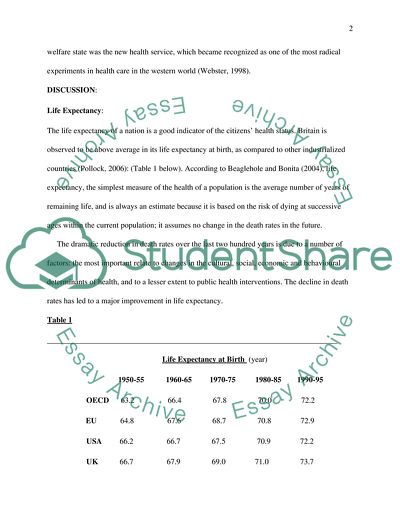Cite this document
(The National Health Service - Requirement for Cost-Control, Efficiency Case Study, n.d.)
The National Health Service - Requirement for Cost-Control, Efficiency Case Study. https://studentshare.org/health-sciences-medicine/1708027-privatisation-vs-nhs
The National Health Service - Requirement for Cost-Control, Efficiency Case Study. https://studentshare.org/health-sciences-medicine/1708027-privatisation-vs-nhs
(The National Health Service - Requirement for Cost-Control, Efficiency Case Study)
The National Health Service - Requirement for Cost-Control, Efficiency Case Study. https://studentshare.org/health-sciences-medicine/1708027-privatisation-vs-nhs.
The National Health Service - Requirement for Cost-Control, Efficiency Case Study. https://studentshare.org/health-sciences-medicine/1708027-privatisation-vs-nhs.
“The National Health Service - Requirement for Cost-Control, Efficiency Case Study”. https://studentshare.org/health-sciences-medicine/1708027-privatisation-vs-nhs.


